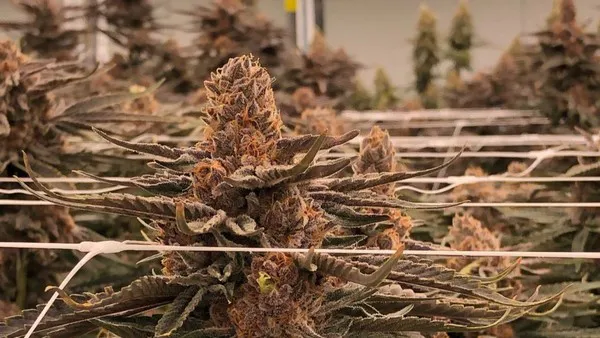Indoor plant environments operate at the intersection of plant biology and physics, otherwise known as crop physics, and carefully balancing the energy of both biological and physical elements will determine the success of today's indoor cultivation businesses.
Integrated HVAC and dehumidification systems (also referred to as HVACD systems) are a fundamental infrastructure component that provides the physical capability to steer and enhance the biology of cannabis genetics. The more control a cultivation business has to influence phenotypic expression, the more control the business has over product differentiation, consistency, and risk reduction. These control factors are required to operate a profitable cultivation enterprise today.
Not only are the HVACD systems important for the manufacturing process that occurs in the cultivation and drying/curing businesses, but they also occupy a large portion of the total capital expenditures. This is to say, spending time deeply understanding how to choose the most appropriate and right-sized system for a given facility is critical. Indoor cannabis cultivation businesses at scale are not guaranteed to succeed with effective environmental control, but they are guaranteed to fail without it.
In InSpire Transpiration Solutions' presentation, with speakers Anders Peterson and Adrian Giovenco, attendees will learn about the unique considerations of HVACD systems for indoor cannabis cultivation.
Learning objectives for Part 1:
● Build the foundation by detailing the essential plant physiology concepts that impact mechanical system design
● Explore the dynamics of a sealed indoor plant environment
● Discuss how to quantify the dynamics of an indoor plant environment to right-size the HVACD system
● Compare and contrast the impact of environmental design conditions on HVACD system sizing and budget
Learning objectives for Part 2:
● Recap the history of HVAC in the cannabis industry and where we are today
● Learn about the different types of HVACD systems, including impacts on performance, capital cost, footprint, maintenance, and efficiency/operating costs
● Discuss how to select a system, level bids, and perform site due diligence while balancing core facility design and construction considerations such as phasing and financing
● Detail the importance of determining Key Performance Indicators (KPIs) early in the design process and implementing systems that allow for continuous tracking of operational efficiencies
Click here to register for the webinar.
For more information:
InSpire Transpiration Solutions
info@inspire.ag
inspire.ag
